Among the dragonfly species (order Odonata), we find the common dragonfly (Anax junius), the emperor dragonfly (Anax imperator) and the blue dragonfly (Calopteryx virgo). These insects are very common, and although many people believe that dragonflies bite, this is not true: their mouthparts are specialized for preying on other insects.
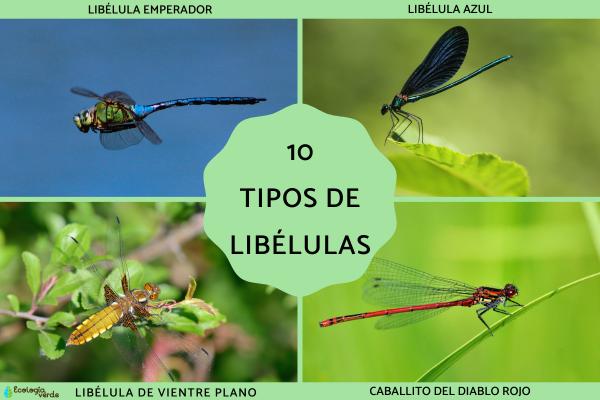
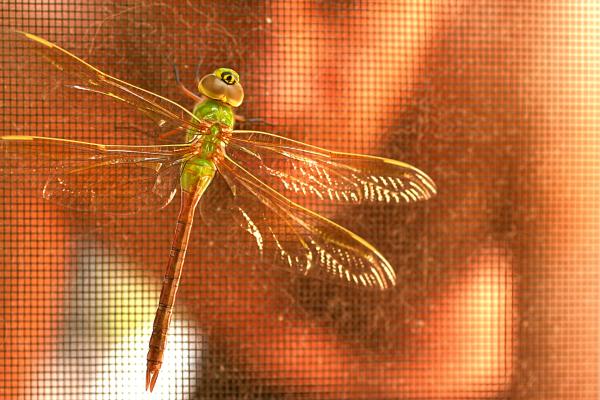
A large dragonfly native to the Americas. It can migrate up to 2,800 km from the northern U.S. to Mexico, reaching speeds of 85 km/h. Recognized for its size and elongated shape, it inhabits lakes, ponds, streams, and wetlands.

One of Western Europe's largest dragonflies, reaching 8 cm in length and a 12 cm wingspan. Some specimens reach up to 20 cm. Powerful hunters with excellent vision and jaw strength, catching insects mid-flight. Body is long and slender, typically blue and green.
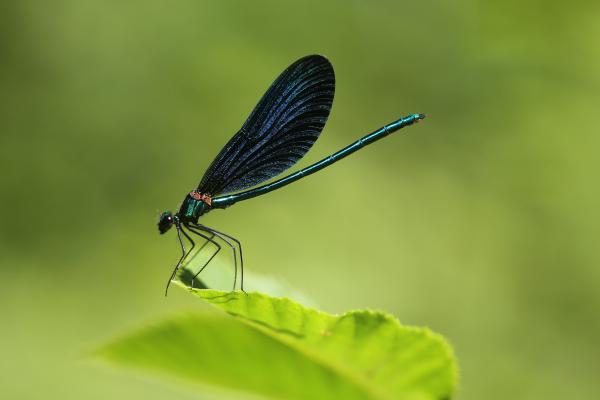
A species native to Europe, commonly found near cold, fast-flowing streams with riverside forests. Sensitive larvae make it a water quality indicator. Adults display bright blue and green metallic hues.
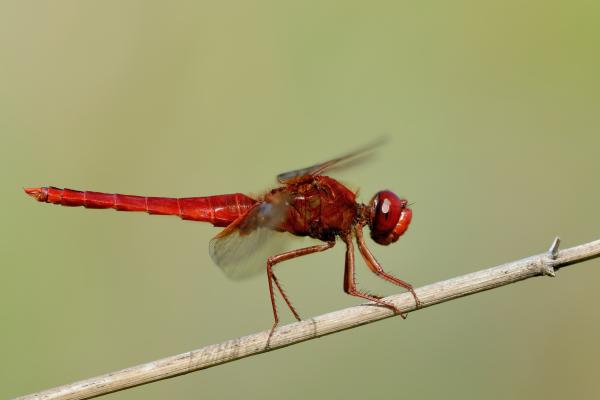
Distributed across Europe, Africa, and parts of Asia. Prefers vegetation near various aquatic habitats. Males have vivid red abdomens, while females and juveniles are yellowish-brown. Wider and longer body than many other species.
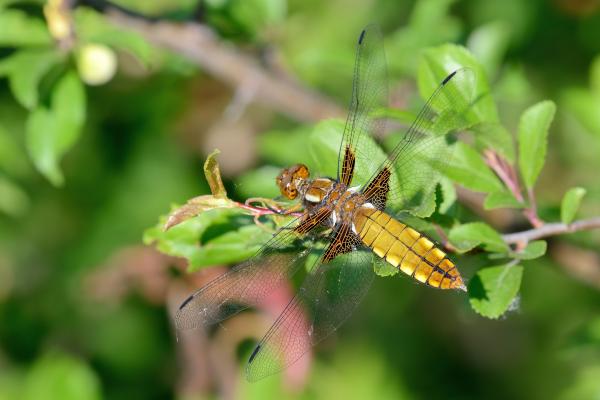
Found across Europe and Central Asia. Prefers slow-moving or still waters such as ponds or quiet rivers with lush vegetation. Females are dark yellow; males are pale blue. Can be confused with Orthetrum cancellatum, but has a flatter, broader abdomen and brown triangle marks on wing bases.
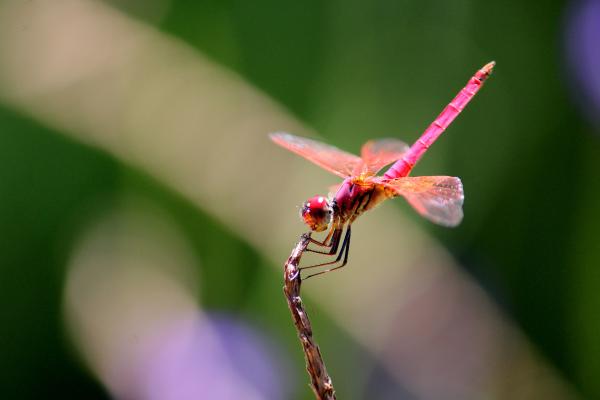
Native to Africa and parts of Southwest Asia. Males are bright red with dark wing spots; females are paler. Known for territorial behavior and agility. Often indicates healthy aquatic ecosystems.
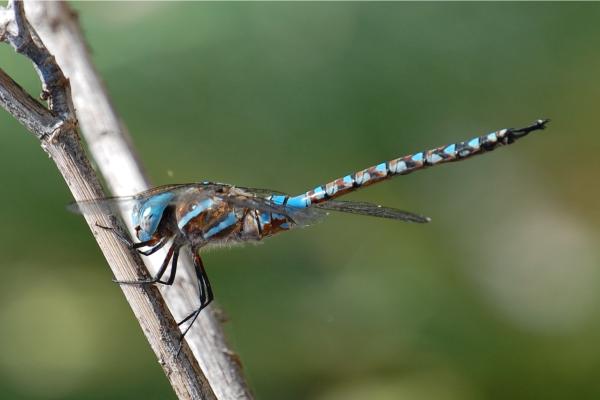
Named after Buenos Aires, Argentina. Found in southern Argentina, Brazil, Paraguay, and Uruguay, living in lowland forests and grasslands. Measures 50–58 mm, with a brown or gray body and blue/yellow markings.
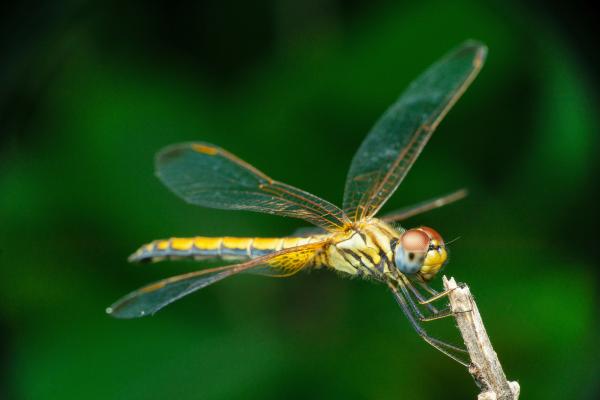
A medium-to-large species with a wingspan up to 9 cm. Body is slender, yellow-brown, with transparent wings. Found worldwide in tropical to temperate zones. Renowned for long-distance migrations, often seen in large swarms. During mating season, males defend territories and perform flight displays.
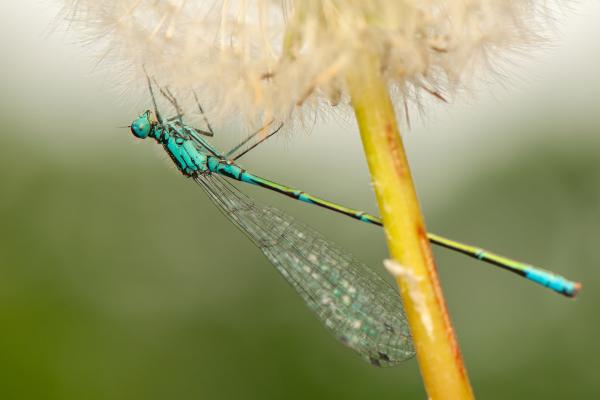
Also known as the sky-blue damselfly. Part of the Coenagrionidae family, it can fold its wings when at rest—unlike most dragonflies. Found from Venezuela to northern Argentina. Larvae feed on other insects' larvae, serving as natural pest control.

A small damselfly (3.5–4.5 cm body, 4.5–6 cm wingspan), with a red abdomen ringed with black and transparent wings. Inhabits freshwater bodies like ponds and streams in Europe and parts of Asia. Prefers well-vegetated environments.
animal tags: dragonfly
We created this article in conjunction with AI technology, then made sure it was fact-checked and edited by a Animals Top editor.